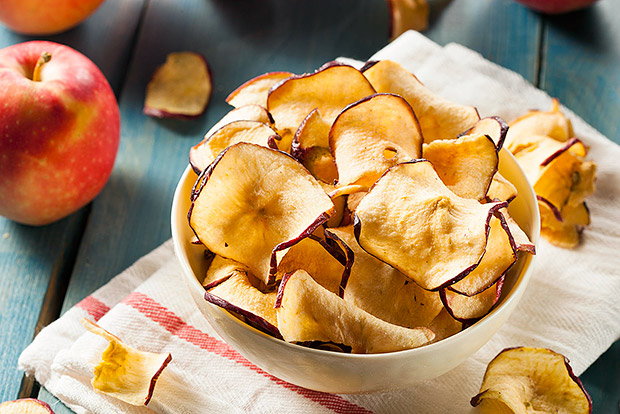
Dehydrated foods can make a healthy and convenient snack that does not require refrigeration. By making your own, you can reduce the sugar, sodium, and fat often added to the dried foods at the store.
Completely dehydrating foods can prevent spoiling by limiting bacteria and mold growth.
Typically, vegetables become brittle, and fruits and meats become chewy.
Foods can be dried in the oven or a food dehydrator. The drying method should include a warm temperature (140 degrees Fahrenheit), low humidity, and air circulation.
Ovens must be able to reach 140 degrees. It will take most foods twice as long to dehydrate in an oven versus a dehydrator.
Peeled, thinly-sliced fruits and vegetables dry the quickest. Make sure all pieces are the same size for even drying. Smaller fruits and vegetables, like berries and peas, can be dried whole.
When puréed, fruits can be spread over parchment paper, dehydrated, and cut into pieces for fruit leather.
Let dehydrated foods cool completely. Store in airtight containers.
Fruits that dehydrate well include apples, apricots, bananas, berries, cherries, figs, grapes, peaches, pears, and persimmons.
Vegetables that dehydrate well include asparagus, green beans, beets, carrots, corn, kale, peas, peppers, and tomatoes.
Thin strips of lean meat and fish make the best jerky. Excess fat in meats can cause the jerky to spoil.
Additional Reading



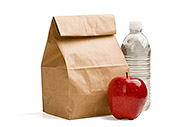 3 Healthy Lunches for Your Work Week
3 Healthy Lunches for Your Work Week
 5 Tips for Stretching Your Budget for Healthy Food
5 Tips for Stretching Your Budget for Healthy Food
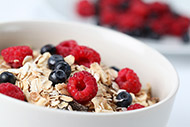 Best Ways to Reduce Added Sugar
Best Ways to Reduce Added Sugar
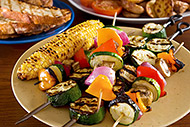 Healthy Tips to Lighten Up Picnic Foods
Healthy Tips to Lighten Up Picnic Foods
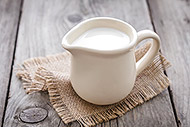 Do You Need to Drink Milk?
Do You Need to Drink Milk?
 Tips to Keep Track of Water Intake
Tips to Keep Track of Water Intake
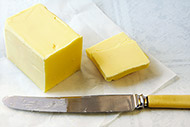 Butter vs. Margarine: What’s the Best Choice?
Butter vs. Margarine: What’s the Best Choice?
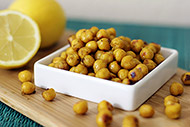 7 Good Mood Foods
7 Good Mood Foods

 Pinterest
Pinterest RSS Feed
RSS Feed